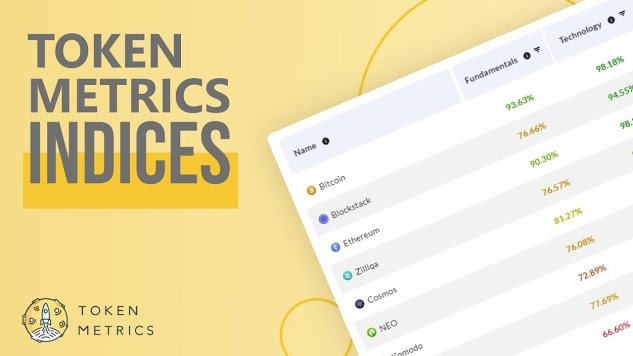Foreign tourists are starting to visit China more, paving the way for industry revenue of at least $2 trillion over the next decade, Morgan Stanley analysts predict. “Thirty months after China’s full reopening [from the pandemic] in January 2023, inbound travel has surprised us in a number of positive ways,” the analysts said in an Aug. 19 report. They see airlines as a potential beneficiary when the foreign visitor trend really takes off. After ending quarantine requirements and stringent visitor restrictions in early 2023, China started ramping up its visa-free programs. As of early July, travelers from more than 30 European countries , and parts of Asia and Latin America can visit China without a visa for 30 days. U.S. citizens can visit China for 10 days without a visa when transiting through the country. “The first quarter of this year was the highest number of inbound tourists China has seen,” said Daniel Zipser, leader of McKinsey’s Asia consumer and retail practice. “People always ask me for predictions. I would have never predicted that.” China last year also started to encourage foreign-friendly services , especially in enabling large-scale transactions via international credit card using mobile pay. Businesses in China predominantly use mobile payment apps from Tencent’s WeChat or Alibaba-affiliate Ant’s Alipay, which previously only supported users with local bank accounts. Those measures took time to play out. But Morgan Stanley said it’s now “more confident in China’s inbound travel growth” versus a year ago. The firm’s analysts said they believe the trend can spill over into global business development and boost shopping in China, especially with expanded tax refund programs amid global tariffs. To play the trend, “we stay constructive on Chinese airlines considering the favorable supply side, and await the inflection,” the Morgan Stanley analysts said, cautioning that the industry is still weighed down by softening domestic demand in the near term. They expect that international demand can help Chinese airlines to boost profit margins, and noted that the total number of passengers the companies were handling as of June has surpassed pre-Covid levels. Morgan Stanley’s preferred name is the Hong Kong-traded shares of Air China, a state-owned airline that’s part of the Star Alliance network. Another factor supporting inbound travel to China is regional events. “We’re starting to see regional conferences happening in mainland China,” Zipser said. He pointed out that prior to the pandemic, global businesses would typically send board members to China, a trend which has since resumed. What’s different now, he said, is that hundreds of people primarily from the Asia region are gathering in China for various conferences and events. In one of the latest examples, teams from 16 countries participated in the first “World Humanoid Robot Games” this month in Beijing. Despite the upward trend, China’s inbound tourism revenue still has a long way to go to even recover pre-pandemic levels. At 0.5% of China’s 2024 GDP, spending by visitors from abroad was still half the 1% share prior to Covid, the Morgan Stanley analysts pointed out. By 2034, the analysts predict the uptick in international visitors to China can help the country expand its share of the global tourism market to 6%, up from 2.4% in 2019. — CNBC’s Michael Bloom contributed to this report.





